Welcome back to our bonsai care series. In our previous blog, we explored the vital role of watering for deciduous bonsai trees. Today, we’re finally going to tackle a topic many of you have been eagerly waiting for: how to water conifer trees, specifically Japanese Black Pine and Shimpaku Juniper. Get ready to enhance your watering skills as I share valuable insights gathered from my own experiences and the expert guidance of Jonas from Bonsai Tonight. Let’s optimize your watering routine and ensure your conifer bonsai trees thrive!
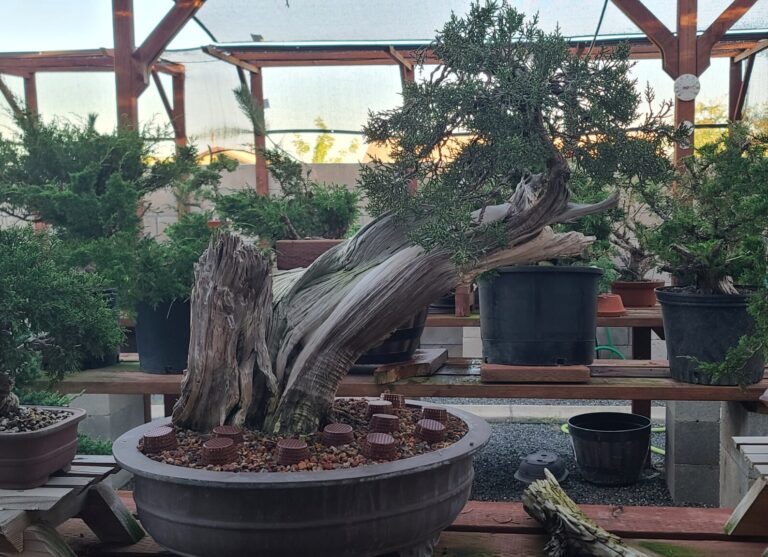
Before we dive into the watering techniques, let’s set the stage by talking about my weather conditions. I call the central valley home, a place known for its mild winters and scorching hot summers, where temperatures can soar between 100 and 110 degrees C. Keep in mind that the techniques I’ll be sharing are tailored to suit this specific climate. However, don’t fret if you’re located elsewhere—I’ll provide some tips for adjusting them to your own location.
To make our watering routine more efficient, I’ve adopted a simple strategy in my garden. I group together bonsai trees that tend to dry out at a similar rate. This way, I can keep an eye on just one tree within each group, making the monitoring process a breeze. Ready to learn the step-by-step process of watering your conifer bonsai trees? Let’s get started!
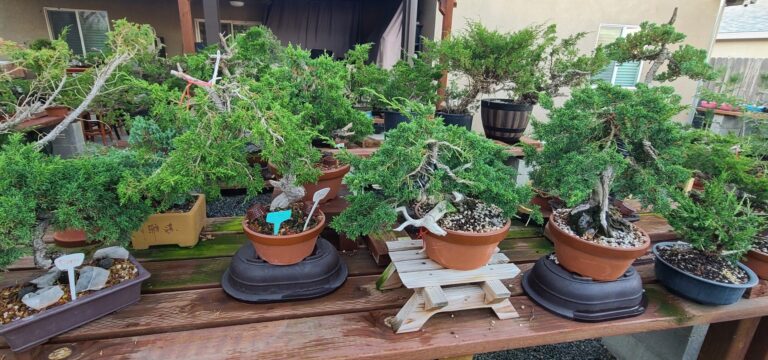
Step 1: Observing the Top Layer:
As I stroll through my garden, headed toward the Juniper table, I begin by checking out the top layer of the soil. With a sharp eye, you can actually spot the moisture level from a distance. If the top layer appears wet, I move on to the next plant. However, if it seems dry, it’s time for a closer inspection.
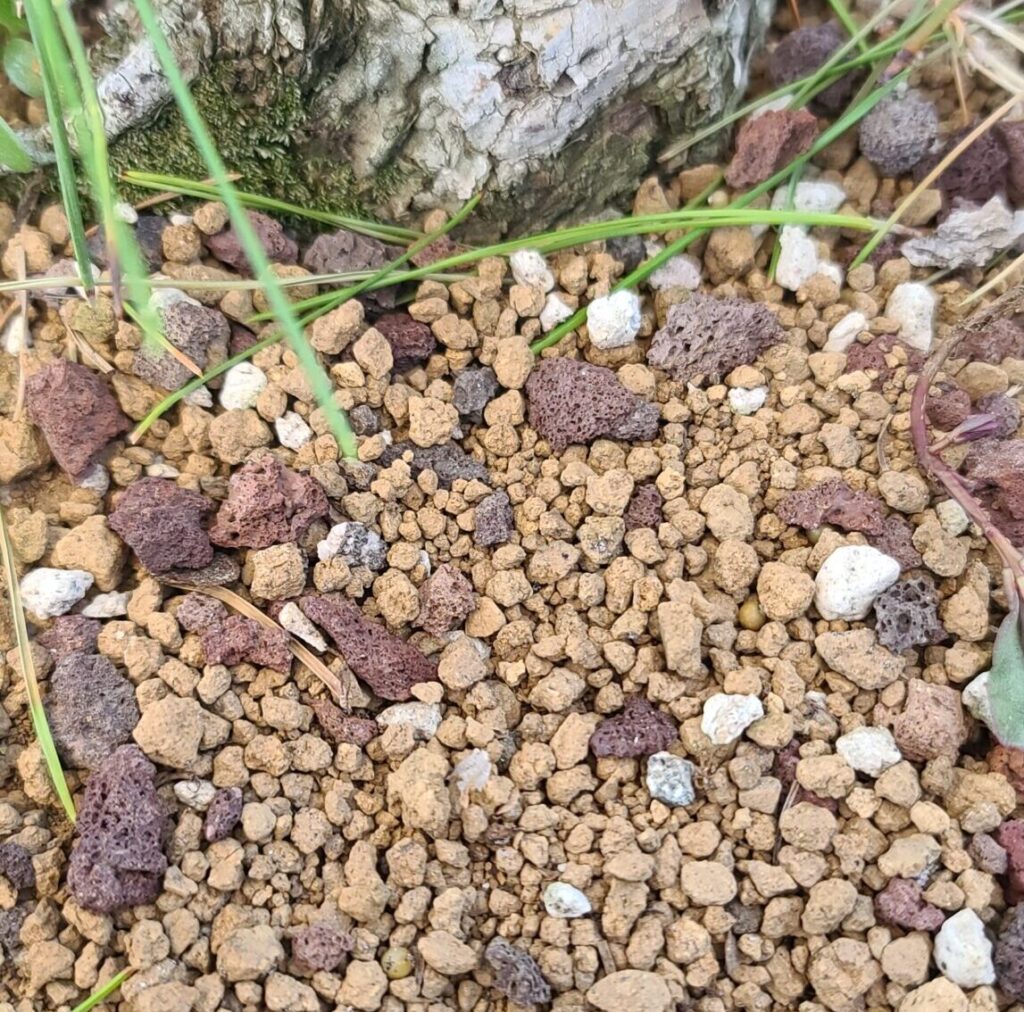
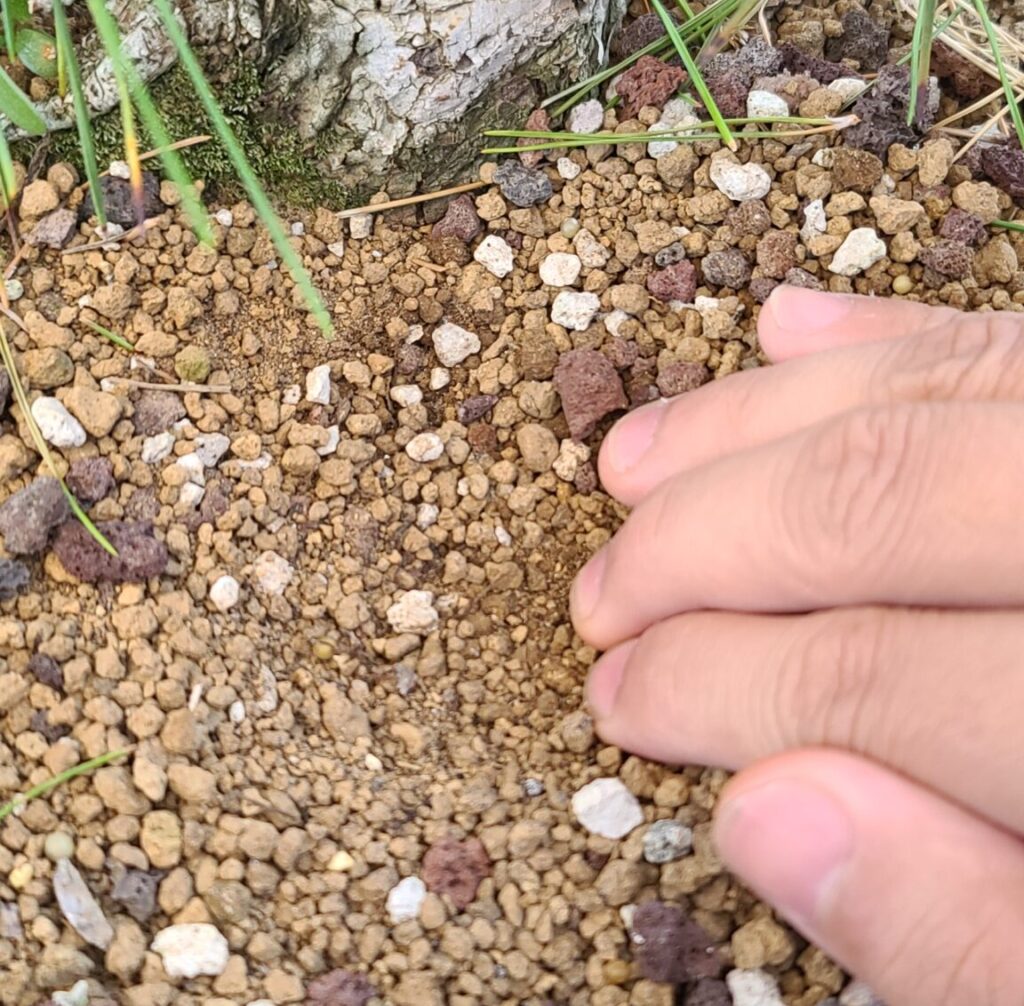
Step 2: Digging In: Assessing Moisture Content:
Grab a handy tool or simply use your fingers to gently dig about 1-1 ½ inches into the soil near the base of your bonsai tree. This little excavation allows you to assess the moisture content beneath the surface. If the soil is dry after your digging adventure, it’s a clear sign that your tree needs a drink. On the other hand, if the soil is still wet, you can hold off on watering—for now. Of course, if the soil is still wet after digging and you’re planning to be away for lots of hours, it’s always best to water the tree regardless of its moisture level (in that scenario).
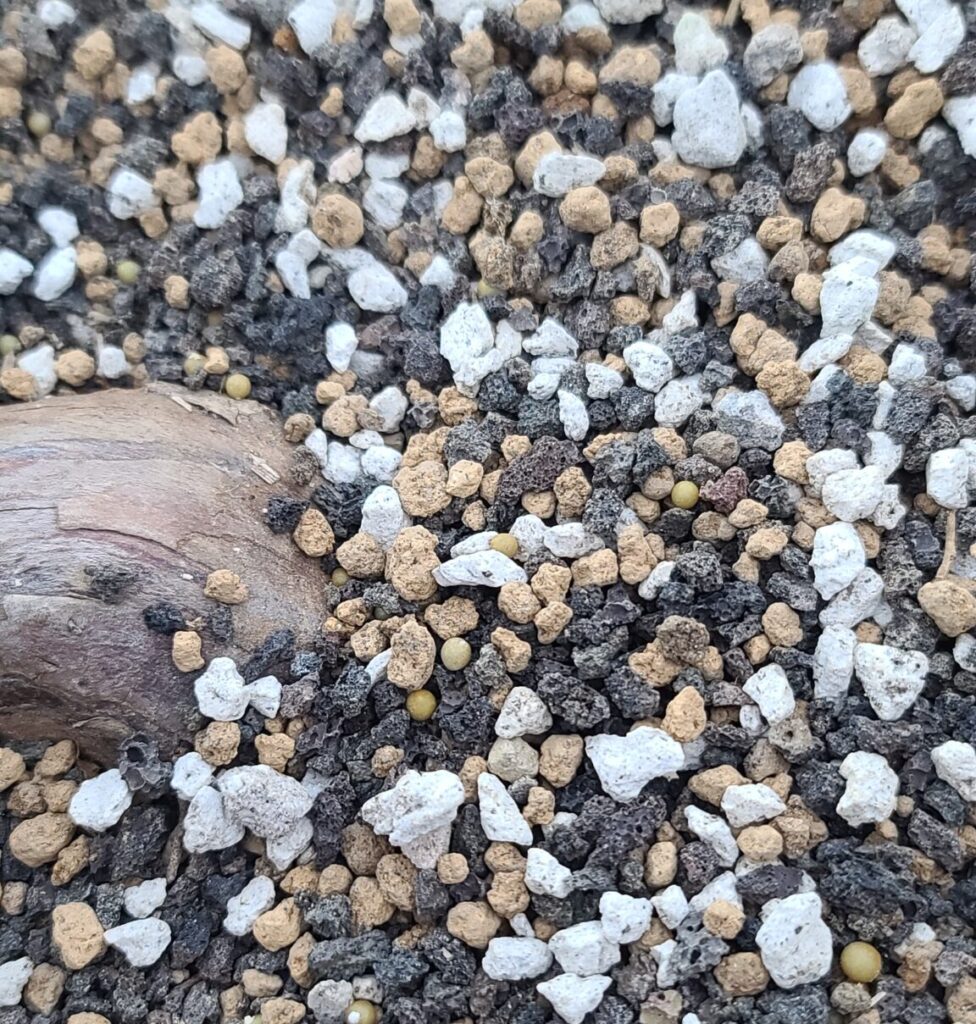
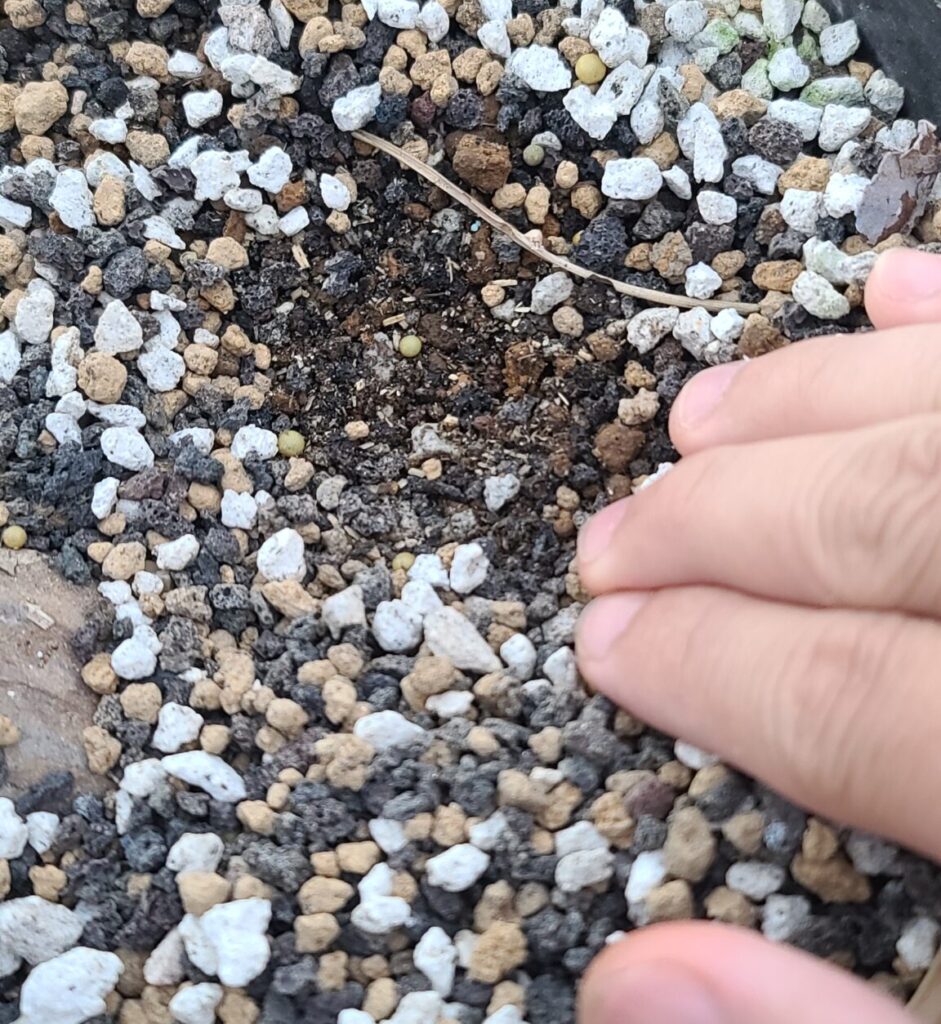
Let’s talk about the frequency of watering, my friends. In my neck of the woods (central valley), I typically water my Pines on Anderson flats around every 3 days during the summer. Shimpaku Junipers require a drink every 1-2 days, while Pines in colanders demand daily watering. These numbers work well for the specific conditions I face in my area. But remember, when temperatures climb above 110 degrees Fahrenheit during a scorching heatwave, all your trees—regardless of their moisture levels—need some love and hydration.
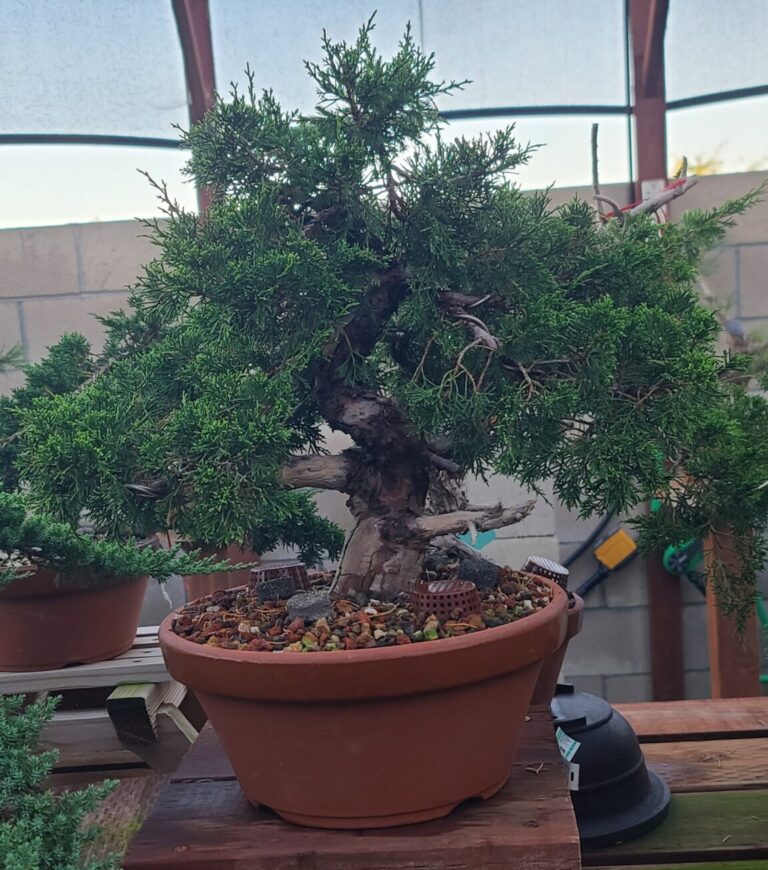
Becoming a skilled on watering bonsai takes time and involves considering various factors like soil medium, weather conditions, pot size and etc. The information I’ve shared here is based on my own experiences and serves as a valuable starting point to optimize your watering routine. Remember, each location has its own unique characteristics, so be sure to adapt these techniques to suit your specific needs.
Thank you for joining me once again on this bonsai journey! I hope you found this blog post insightful and packed with helpful tips. Until next time, happy bonsai gardening!